INSTRUCTOR: Selim Shaker, PhD
DISCIPLINE: Engineering
COURSE LENGTH (DAYS): 5 Days
CEUS: 4.0
AVAILABILITY: In-House & Live Online
ATTEND AN UPCOMING CLASS:
Contact SCA’s Training Department at training@scacompanies.com to schedule an In-House course.
WHO SHOULD ATTEND: Drilling, completion and reservoir engineers and managers, drilling supervisors and staff, mud loggers, well log and geopressure analysts, geologists, geophysicists and technical staffs.
COURSE DESCRIPTION: The geopressure and fracture pressure subsurface profile has great impact on drilling prognosis, challenges and the cost estimate of testing a prospect. Before drilling, pore-fracture pressure prediction is a pre-requisite for a successful drilling. The size of the drilling tolerance window (DTW), especially in Deepwater and HTHP environments, dictates the drilling operation maneuverability, such as mud weight, casing settings and projected TD.
Most of the pressure surge, hard kicks, blowouts and loss of circulation unexpectedly happens when the drill bit penetrates the interface between seal (e.g. shale) and reservoir (e.g. sand). A comprehensive knowledge of pressure disparity causes between shale and sand is a keystone for safe and economically feasible exploration projects. Overlooking the fortunate presence of a large oil-gas pool can further shrink the drilling tolerance window and allow unexpected drilling challenges.
Water depth, sediment maturation and subsurface geological structural setting dictate the size of the safe drilling tolerance window. Estimation of the Safe DTW allows drilling with minimum challenges e.g. lost circulation, kicks, excessive torque, bore-hole instability, pack off-hole, etc.
LEARNING OUTCOMES:
- Understand the causes, conceptual models and graphic representations.
- Gain the knowledge of the different prediction methods and help choose the right software for your proposed well location.
- Comprehend the importance of PP-PF profile in assigning the casing seats depth, MW and their safety limitations.
- Calibrate (in real time) the before drilling PP-FP model to ensure ECD stay in the safety margins in a stable bore-hole.
- Understand challenges involve drilling through faults, salt ridges and overhangs, salt weld, pay zones and depleted reservoirs.
- Recognize the effect of pore pressure – geomechanics interrelation on bore hole stability, caving, tight holes, etc.
- Assess drilling safety especially in Deepwater such as SWF, narrow DTW, Kicks, LOC, Dual Gradient Drilling (DGD), Managed Pressure Drilling (MPD).
- Appraise the proposed completion operation based on geopressure compartmentalization.
COURSE CONTENT:
- Pore pressure fundamentals:
- The geology of subsurface pressure build up
- Causes: sediments deposition, overburden compaction, fluid expansion, entrapment
- Rig configuration pertaining to subsurface pressure
- Direct Measurements of PP – FP
- Indirect and pertinent wellbore pressure measurements
- Prediction methods with focus on Effective Stress (applications and pitfalls)
- The effect of pore pressure – geomechanics interrelation on bore hole stability
- Pressure gradients (fluids) calculations and pitfalls
- Pressure ramps, surge, ballooning, kicks, SIP, swabbing etc
- Subsurface Pressure Profile Impact on Drilling Prognoses
- Compartmentalization
- Pressure transgression vs. regression
- Sequence Stratigraphy diagnosis for pressure profile and geomechanics
- Causes of disparity between the Measured and Predicted Pore Pressure
- Geomechanics impact on bore hole stability
- Safe Casing seats depth and Mud programs
- Pre-drilling prediction and assessment
- Regional and sub-basin geopressure maps and fairways
- Seismic velocity/Offset wells appraisal
- Assessment of subsurface stresses and geological structures
- Building the prediction model for PP and FP
- Calculating the Drilling Tolerance Window (DTW) and it’s safety limitation
- Predicting challenging events along the bore-hole trajectory
- Assigning MW and Casing programs
- AFE
- While Drilling PP-FP pertaining analyses
- Rate of Penetration (d exponent)
- Mud logs (shale density/gas/chlorides etc)
- MW weight (in/out) and ESD vs. ECD
- SIP (shut in pressure)
- MWD of sonic/resistivity/density
- Kicks, underground/surface blowouts and lost circulation and their implications to PP-FP profile
- RFT, MDT, RDT, SFTT, DFT, FPWD, DST in permeable beds
- Leak off tests (LOT, XLOT) and Formation Integrity Test (FIT, Dfit, ECD)
- Calibration of the before drilling PP-FP prediction model in ppgmwe and pitfalls
- DDR and Mud logs pertinent information related to PP-FP (e.g. sloughing shale, sticking pipes, high torque, pack off bore-hole, surge and swab effects etc.)
- While Drilling Applications
- Final Calibration of pre-drilling model for deeper PP-FP prediction
- Adjust the drilling tolerance window for prospective hydrocarbon column
- Adjust MW for under and over balance to avoid BH and Formation Damages
- Check for the optimum casing shoes depth positioning
- Caliper log indication for bore hole instability and lost circulation
- Cementing Csg and CBL appraisal
- Post Drilling
- Formation evaluation and tests
- Wire-line logs assessment for PPP and bore-hole integrity
- Integrity of cement bond behind Csg and lnr
- Decision of P&A, TA/Suspension
- Completion according to pressure compartmentalization
- Drilling Challenges in Deepwater
- Pore pressure profile characteristics in offshore Deepwater
- Deepwater SWF causes and prevention
- Water Depth impact on DTW, Csg seats and Mud Programs
- Narrow DTW due to hydrocarbon column / with Deepwater Horizon case history
- Drilling challenges due to the disparity of PP in Seal vs. Reservoir
- Salt basin’s geomechanics and PPP models (above / within / below the salt)
- Clean vs. Dirty Salt drilling stumbling blocks
- Strong pressure surge (hard-kick) especially in Hydrocarbon zones
- Causes of lost circulation (LOC) and their deterrents
- The controversial pore pressure conversion factor from PSI/FT to PPGMWE
- Overview of Duel Mud Gradient (DMG) and Managed Pressure Drilling (MPD)
- HP/HT environment effects on DTW
Topics are mostly supported with case histories from the Gulf of Mexico that were presented to and published by the AADE, AAPG and SEG conventions throughout the last sixteen years.
